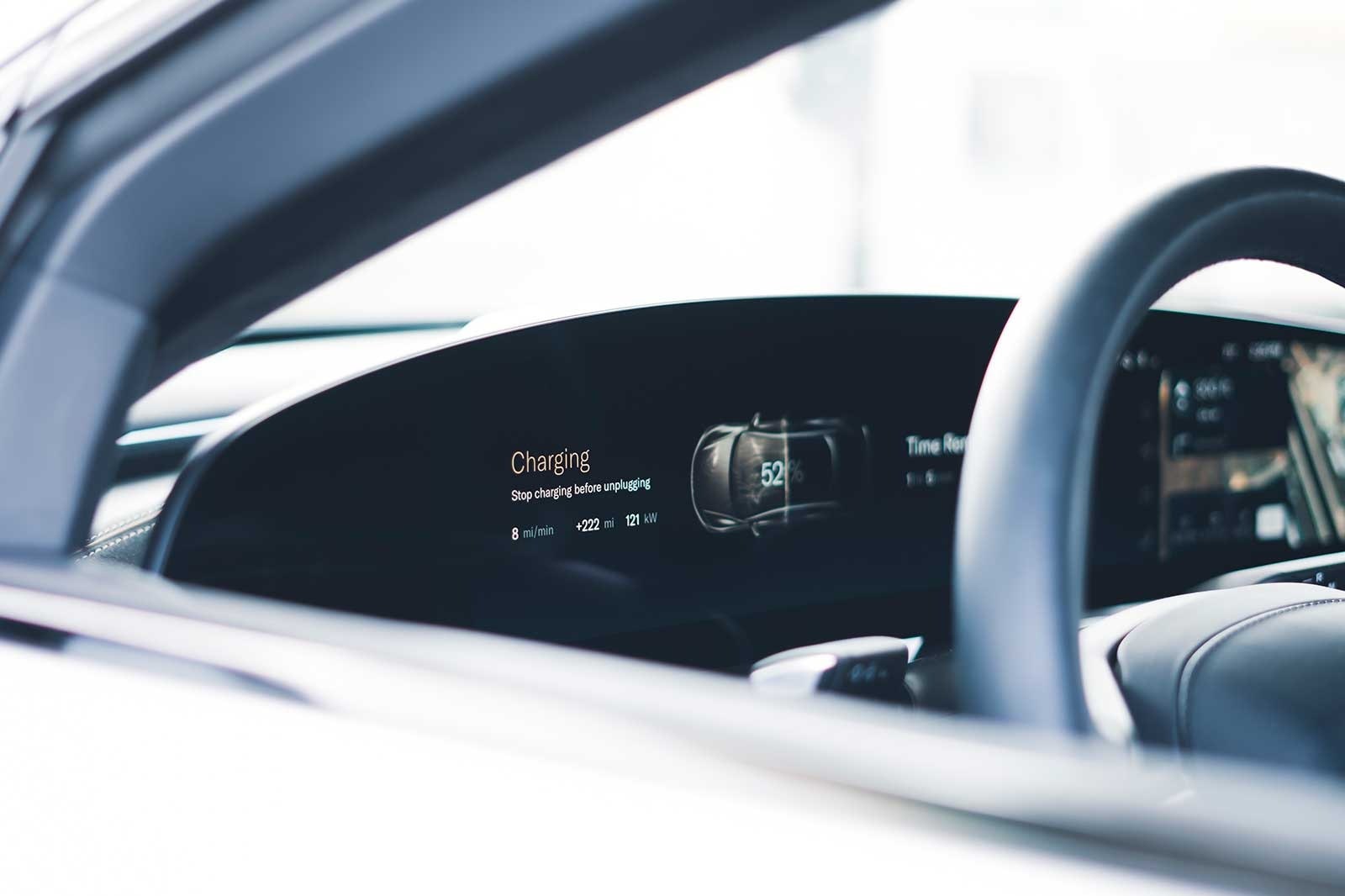They don’t overstate at all. They use the 5-cycle test, which is actually *more expensive* and is the same test Tesla and others use. The German and Korean manufacturers use the cheaper 2-cycle test. Both are valid and defined by the EPA (and recently changed, lowering the range slightly), and nobody is “overstating” range. It’s just how the test defines it.
There is minimal difference in the charging curve between the GT and DE. I have used both (GT loaners) and they charge roughly just as fast as the DE. I also don’t care, because both charge insanely fast.
The reason there is a difference has solely to do with the 112kWh vs 118kWh packs. The DE has a slightly higher voltage as a result, causing it to charge slightly faster.
There is not a “weakening of the charging curve.” The Touring and the Pure have smaller batteries. Fewer batteries means lower voltage, which means slower charging. That’s all.
Touring/Pure have 18 packs, each at 42V.
18 x 42V = 756V
GT/DE/Sapphire have 22 packs, each at 42V.
22 x 42V = 924V
I highly recommend watching this excellent talk by Peter, as it will clarify a lot of misunderstandings about the battery:
Not by much - the battery chemistry is a little different so they have 112kWh vs 118kWh. You shouldn’t see a noticeable difference in charge rate between the GT and DE. Touring and Pure will be slower, yes, due to the lower voltage.
The Edmunds test was not well conducted. “Miles per hour” is a nonsense metric, as how “miles” are defined varies wildly.
Electric car chargers are rated in Kilowatts. Measuring them in miles per hour would not be accurate because the EV’s energy efficiency would have to be taken into account, and that would vary depending on the EV. For example, a Porsche Taycan Turbo gets 201 miles of range, and a Tesla Model S 100D gets 373 miles of range, yet both vehicles have roughly the same size battery. If a charger can fill each battery in 1 hour, the Porsche is being charged at an average rate of 201 miles per hour, and the Tesla is being charged at an average rate of 373 miles per hour. But the Tesla isn’t *actually* charging any faster.

